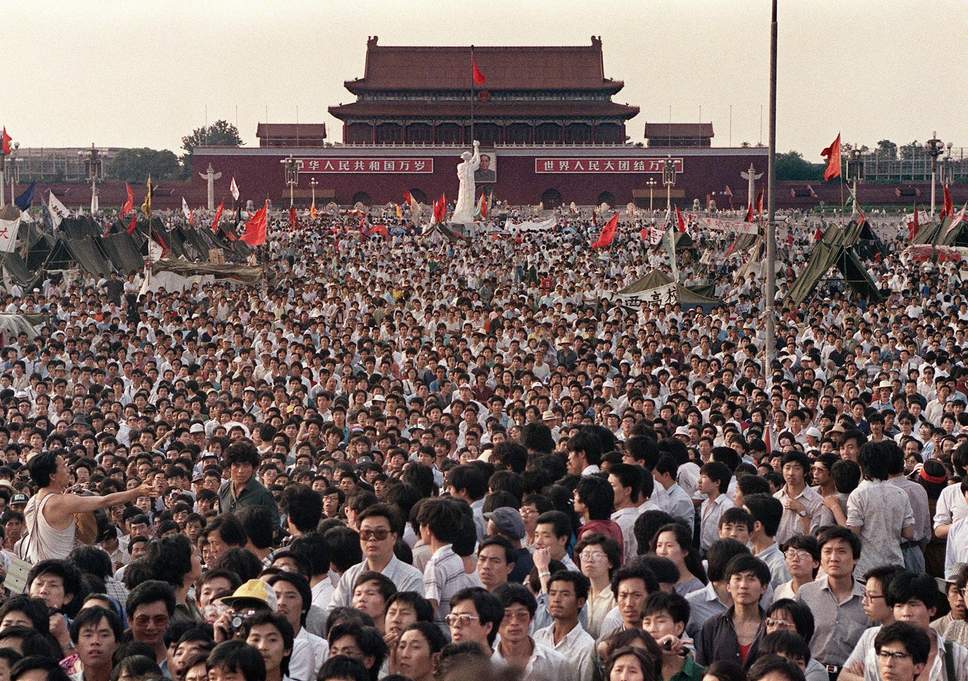Hungary loses 71% of its territory and 63% of its population when the Treaty of Trianon is signed in Paris.
The Treaty of Trianon was a peace agreement signed on June 4, 1920, between the Allies of World War I and Hungary. It was one of the several treaties that followed the Paris Peace Conference and aimed to reorganize Europe after the collapse of the Austro-Hungarian Empire.
The Treaty of Trianon dealt specifically with Hungary and its borders. It was signed in the Grand Trianon Palace in Versailles, France. The main purpose of the treaty was to drastically reduce Hungary’s territory and reconfigure its borders.
Under the terms of the treaty, Hungary lost approximately 72% of its pre-war territory. Large portions of land were transferred to neighboring countries, including Czechoslovakia, Romania, Yugoslavia, and Austria. These territorial losses significantly affected Hungary’s access to natural resources, industrial centers, and agricultural land.
In addition to territorial changes, the treaty imposed other significant provisions on Hungary. It limited Hungary’s military forces, imposed severe economic reparations, and established new minority rights for ethnic groups residing within Hungary’s new borders.
The Treaty of Trianon had a profound impact on Hungary and its population. It led to a significant reduction in Hungary’s influence and power in the region, while also causing economic and social hardships. The loss of territory and resources fueled nationalist sentiments and grievances, which had long-term consequences for Hungary’s political and social dynamics.
The treaty remained a contentious issue in Hungarian history and had a lasting impact on the country’s national identity. It was seen by many Hungarians as an unfair and punitive settlement, and discussions surrounding the treaty continue to this day.


